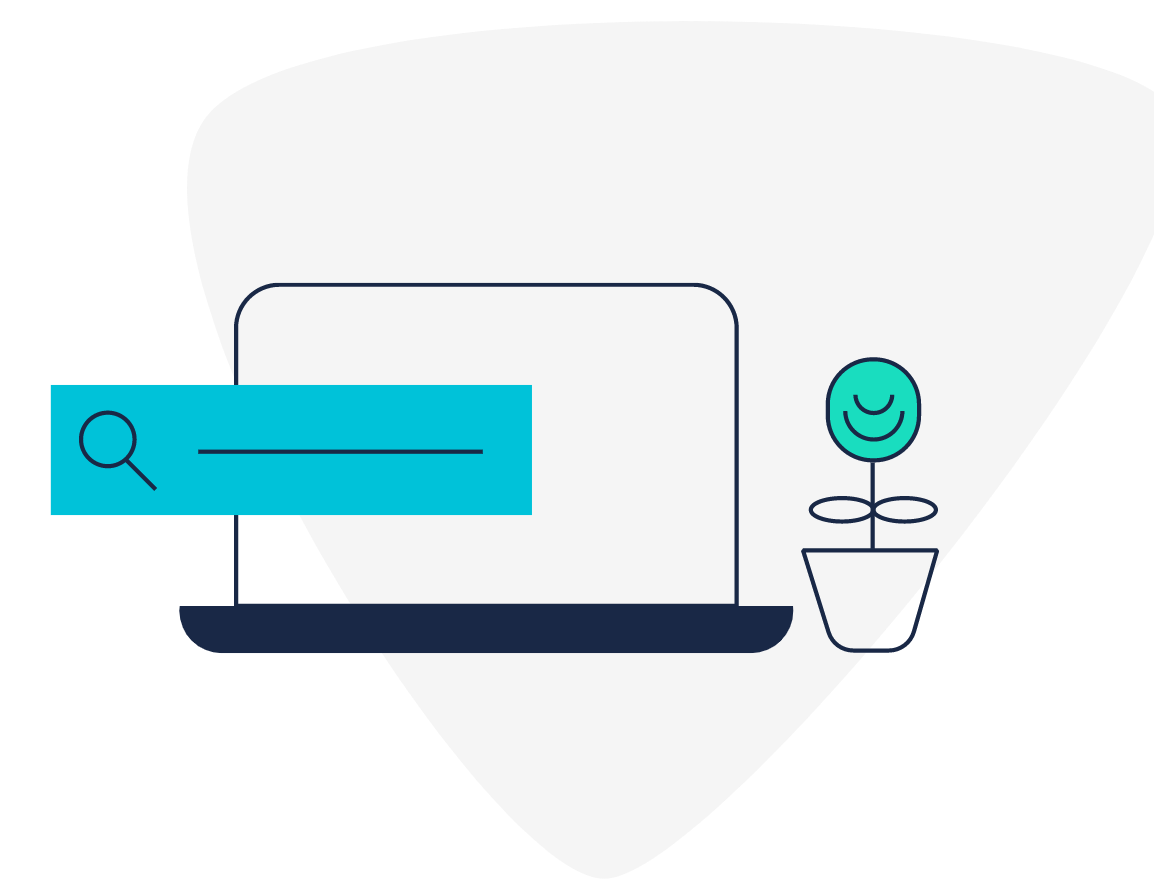What is an integrated ERP system?
An integrated enterprise resource planning (ERP) system is a software platform connecting various digital applications. An ERP system like SAP is at the center of an integrated ERP. Other business software is connected to create a centralized platform for overseeing and managing diverse processes.
Using an integrated ERP allows for data from different aspects of the business to be collated in one central system. This can include customer details, purchasing dashboards, supply chain information, inventory levels, cash flow projections, and more. Centralizing this data in an integrated ERP means it can be analyzed in context. This facilitates better, more holistic decision-making.
It also offers efficiency gains. Connecting different software platforms through an integrated ERP means data can pass seamlessly from one module to another. This opens up opportunities for automating traditionally manual processes and reduces the likelihood of human error causing issues or delays.
What is ERP?
ERP stands for enterprise resource planning. It refers to software organizations, particularly enterprise-level companies, use to manage day-to-day business activities. ERP software is a central platform connecting with separate modules or software systems. Together, they create a single source of truth for business data.
The global ERP software market is valued at over $50 billion. Major players in the market include SAP, who launched the popular S/4HANA system in 2015, Microsoft, and Oracle.
What is ERP integration?
ERP integration is the process of connecting separate modules or software systems to a central ERP. These integrations can be first-party or third-party.
SAP, for instance, has a range of first-party products that can be integrated with their ERP. Taulia is an example of a third-party ERP integration, capable of connecting with any ERP to add working capital management, inventory management, and supply chain optimization functionality.
Types of ERP integrations
A huge range of ERP integrations are available, covering practically every aspect of business operations. While not exhaustive, these are some of the most common and critical ERP integrations for enterprise-level companies:
Supply chain management
Integrating a supply chain management system into your ERP brings better visibility over the flow of goods and raw materials through the supply chain process. Bringing access to data from your supply chain into an ERP means it can be understood in the context of demand and cash flow. This enables better decision-making and a more efficient approach to supply chain management.
Supply chain management software can also integrate inventory management controls into an ERP. This can enable complete inventory visibility and innovative inventory management techniques, benefitting your working capital position and improving your ability to meet customer demand.
Procurement
Procurement is a critical cornerstone in manufacturing and distribution businesses, making up 25-60% of total spend. Because of its centrality to everyday business operations, optimizing the procurement process can be a significant value driver. Integrating your e-procurement software with an ERP makes it easier to uncover opportunities for optimization.
The availability of supplier management tools and purchasing dashboards within an ERP allows for a seamless flow of data that can inform spending decisions and automate business processes. For instance, purchase orders can be generated directly from the ERP, and inventory levels can be automatically updated based on purchases made on-platform.
Finance and accounting
Finance and accounting software can be integrated with an ERP to centralize financial information and processes across the business. General ledger tools give you a birds-eye view of transactions, statements, and balance sheets and often also feature built-in reporting features that can help you summarize and visualize company-wide financial data.
Financial ERP integrations also often include accounts payable (AP) and accounts receivable (AR) tools that simplify managing supplier and customer accounts. Data can flow seamlessly from other integrations, like procurement and inventory management, into the finance module to automate process elements. And sophisticated working capital management solutions like dynamic discounting or supply chain finance can be built in.
Customer relationship management (CRM)
CRMs are critical to managing customer relationships at scale, providing a centralized source for customer information and purchase history. But, used in isolation, they have limited value. Integrating your CRM with your ERP opens new possibilities for understanding the connection between customer demand and supply chain performance.
This can help you to make better supply chain management decisions to ensure you meet your customers’ demands more reliably. There is also synergy between your CRM and finance ERP integrations. The ability to seamlessly cross-reference data from both sources means you can more easily uncover trends in your customers’ payment habits and optimize your AR process accordingly.
Benefits of an integrated ERP
For enterprise-level companies, a centralized ERP is practically essential. It enables significant efficiency and visibility benefits for cross-departmental workflows critical for healthy operation. The benefits of ERP integration include:
Centralized, real-time data
An integrated ERP combines multiple data streams, from demand forecasts to accounts payable. With this data centralized in one platform, with real-time updates, businesses can benefit from top-down visibility on every metric that matters.
Efficiency and automation
Integrating multiple processes into an ERP means that cross-departmental workflows can be partly automated. For instance, creating a purchase order in the procurement module can automatically trigger the accounts payable process. This can minimize the need for manual data entry, improving business efficiency and reducing the likelihood of human error.
Operational optimization
Without an integrated ERP, business processes are spread across various disparate platforms. Managing these platforms, including ensuring everyone needing access has it, can be tricky at scale. Bringing them all together into one ERP makes staying on top of your software stack easier.
Better customer service
Ultimately, companies exist to serve their customers. An integrated ERP can make it easier to achieve and maintain high levels of service, with the efficiency gains leading directly to benefits like faster order fulfillment times and reduced likelihood of stock-outs.
